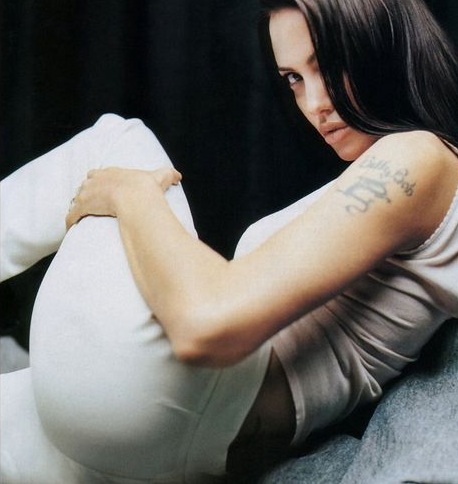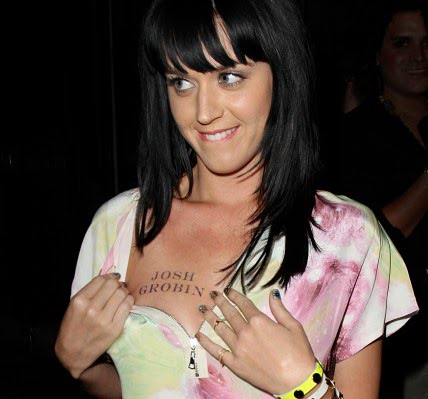 The big draw in Xi'An (which by the way is pronounced She-On) is the tomb of the terracotta warriors. About an hour's drive outside of town is the tomb of man who first unified all of China and became emperor, Qin Shi Huang. It's really just a mound of dirt that protrudes up from the ground at this point. But about a mile and a half from the location, in 1974 a man digging a well came upon a cavern, and in that cavern was discovered the remains of life-sized statues of warriors from the Qin era. It appears that Emperor Qin, for most of his time as emperor, had artisans preparing an underground city of warriors, entertainment -- everything that you would find in the above ground capitol of the empire -- so that when the Emperor died, he would be protected, entertained, etc. There's something like 24 square miles of ground that probably have underneath elements of this underground world -- a huge area. And something like 10 or 11 of villages exist directly above some of these spots, consequently they can't be excavated. Thus far, the real treasure trove is the find of the terracotta warriors.
The big draw in Xi'An (which by the way is pronounced She-On) is the tomb of the terracotta warriors. About an hour's drive outside of town is the tomb of man who first unified all of China and became emperor, Qin Shi Huang. It's really just a mound of dirt that protrudes up from the ground at this point. But about a mile and a half from the location, in 1974 a man digging a well came upon a cavern, and in that cavern was discovered the remains of life-sized statues of warriors from the Qin era. It appears that Emperor Qin, for most of his time as emperor, had artisans preparing an underground city of warriors, entertainment -- everything that you would find in the above ground capitol of the empire -- so that when the Emperor died, he would be protected, entertained, etc. There's something like 24 square miles of ground that probably have underneath elements of this underground world -- a huge area. And something like 10 or 11 of villages exist directly above some of these spots, consequently they can't be excavated. Thus far, the real treasure trove is the find of the terracotta warriors. At that site, there are really four chambers. One was completely empty -- it must have been dug, but then the emperor died, so it was never filled in. One was a small chamber containing the headquarters of one of the military leaders (again, this isn't the real HQ of a real leader, but rather the imagined headquarters of one of the military leaders of this underground group of statue-people). In this chamber, there aren't a lot of people. Then there's a chamber that's bigger containing archers and the highest ranking officer in the group, which they call a general. Unfortunately, that chamber is currently being renovated.
 But that's Ok, because the real knock-your-socks-off moment is the last chamber (right). As you can see, it's literally bigger than a football field, and within it have been found an infantry unit of over 6000 terracotta warriors. (Terracotta, it was explained to me, means the statues are made out of clay which has been carved and then heated dry, without any additional glaze.) As you see from my photos, by and large you can't get too close, let alone walk among them. My guide told me that Bill Clinton is the only person they've let down there in fact; they have a photo with him, Hillary and Chelsea all walking among the rows. But I have to say, I think it's an advantage not to get too close, because from a short distance, the faces have such a lifelike quality. Any one of them could stop and turn and look at you, and it would hardly be a surprise. They're that real-looking. Each one, utterly unique; you won't see any faces repeated, and even in posture, clothing, gesture each is individual.
But that's Ok, because the real knock-your-socks-off moment is the last chamber (right). As you can see, it's literally bigger than a football field, and within it have been found an infantry unit of over 6000 terracotta warriors. (Terracotta, it was explained to me, means the statues are made out of clay which has been carved and then heated dry, without any additional glaze.) As you see from my photos, by and large you can't get too close, let alone walk among them. My guide told me that Bill Clinton is the only person they've let down there in fact; they have a photo with him, Hillary and Chelsea all walking among the rows. But I have to say, I think it's an advantage not to get too close, because from a short distance, the faces have such a lifelike quality. Any one of them could stop and turn and look at you, and it would hardly be a surprise. They're that real-looking. Each one, utterly unique; you won't see any faces repeated, and even in posture, clothing, gesture each is individual.  The figures tell so many stories. I saw men that looked as though they were old, yet willing to fight. Others ready for a battle. Others more along for the ride, or preoccupied with family, other things. In the figure below, the man center to me seems very dignified, maybe a little old to be infantry, but there, ready, willing. In a couple cases all I could see were backs, and still the figures suggested lots of material. It was a meditation on the human scene. Glorious.
The figures tell so many stories. I saw men that looked as though they were old, yet willing to fight. Others ready for a battle. Others more along for the ride, or preoccupied with family, other things. In the figure below, the man center to me seems very dignified, maybe a little old to be infantry, but there, ready, willing. In a couple cases all I could see were backs, and still the figures suggested lots of material. It was a meditation on the human scene. Glorious.















No comments:
Post a Comment